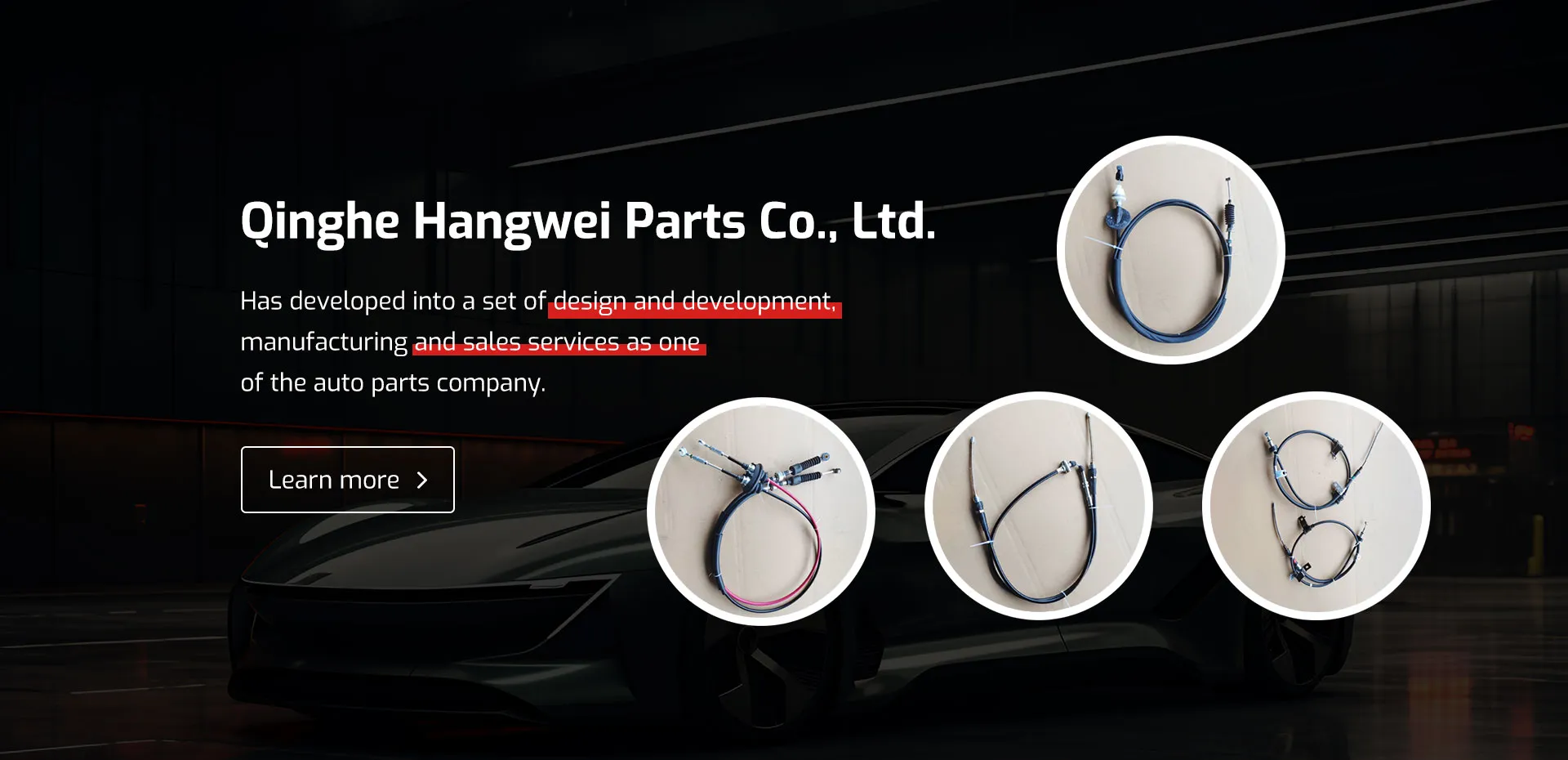hand throttle cable
Understanding Hand Throttle Cable and Its Importance in Vehicles
The hand throttle cable is a vital component in various types of vehicles, from automobiles to motorcycles and industrial machinery. It serves a critical function, allowing the driver or operator to manually control the engine speed by adjusting the throttle. In essence, while conventional vehicles use foot pedals for acceleration, machines equipped with hand throttle cables provide an alternative method that can be advantageous in certain circumstances.
The primary purpose of a hand throttle cable is to link the throttle lever, usually located on the steering wheel or handlebars, to the engine's throttle body. When the operator pulls the throttle lever, the cable tightens, pulling on the throttle plate or the injection mechanism, which in turn increases the engine’s power output. This mechanism is particularly useful in situations where precision is required. For example, in agricultural machinery, operators often need to maintain specific engine speeds for optimal performance during tasks such as plowing or tilling. A hand throttle allows them to achieve that without needing to keep a foot on the accelerator.
Furthermore, hand throttles are also commonly found in vehicles that are designed for specific applications, such as construction machinery, where the operator may need to control engine RPM while using their hands for other tasks, like operating a front loader or crane. This design flexibility proves beneficial, enhancing overall operational efficiency.
hand throttle cable

Moreover, hand throttle cables can be beneficial for those with physical limitations that make using foot pedals challenging. The hand throttle allows for a more accessible method of acceleration, enabling a broader range of users to operate the equipment effectively.
However, like any mechanical part, the hand throttle cable requires regular maintenance. Over time, the cable can wear out or become frayed, leading to poor throttle response or even complete failure. Regular inspection and replacement when necessary are crucial to ensure the system operates smoothly. Additionally, proper lubrication of the cable can prolong its lifespan and improve responsiveness.
In conclusion, the hand throttle cable is an essential component that enhances the versatility and functionality of various vehicles and machinery. By allowing manual control over engine speed, it provides significant benefits in precision operation, accessibility, and efficiency. As technology advances, the design and functionality of hand throttle systems continue to evolve, ensuring they remain relevant in modern vehicle applications. Operators must understand their importance and maintain them to ensure optimal performance and safety in their respective operations.
-
Workings of Clutch Pipe and Hose SystemsNewsJun.04,2025
-
The Inner Workings of Hand Brake Cable SystemsNewsJun.04,2025
-
The Secrets of Throttle and Accelerator CablesNewsJun.04,2025
-
The Hidden Lifeline of Your Transmission Gear Shift CablesNewsJun.04,2025
-
Demystifying Gear Cables and Shift LinkagesNewsJun.04,2025
-
Decoding Clutch Line Systems A Comprehensive GuideNewsJun.04,2025
